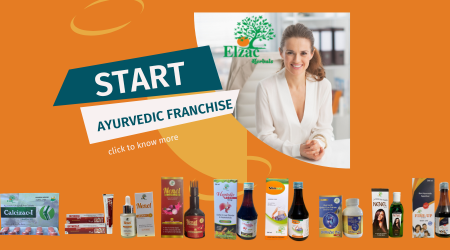Fixed Dose Combinations refer to products containing one or more active ingredients used for a particular indication(s).
FDCs can be divided into the following groups and data required for approval for marketing is described below:
(a) The first group of FDCs includes those in which one or more of the active ingredients is a new drug. For such FDCs to be approved for marketing data to be submitted will be similar to data required for any new drug (including clinical trials)
(b) The second group FDCs includes those in which active ingredients already approved/marketed individually are combined for the first time, for a particular claim and where the ingredients are likely to have significant interaction of a pharmacodynamic or pharmacokinetic nature.
(d) The fourth group of FDC includes those whose individual active ingredients (or drugs from the same class) have been widely used in a particular indication(s) for years, their concomitant use is often necessary and no claim is proposed to be made other than convenience. It will have to be demonstrated that the proposed dosage form is stable and the ingredients are unlikely to have significant interaction of a pharmacodynamic or pharmacokinetic nature.
No additional animal or human data are generally required for these FDCs, and marketing permission may be granted if the FDC has an acceptable rationale.
FDCs can be divided into the following groups and data required for approval for marketing is described below:
(a) The first group of FDCs includes those in which one or more of the active ingredients is a new drug. For such FDCs to be approved for marketing data to be submitted will be similar to data required for any new drug (including clinical trials)
(b) The second group FDCs includes those in which active ingredients already approved/marketed individually are combined for the first time, for a particular claim and where the ingredients are likely to have significant interaction of a pharmacodynamic or pharmacokinetic nature.
- If clinical trials have been carried out with the FDC in other countries, reports of such trials should be submitted. If the FDC is marketed abroad, the regulatory status in other countries should be stated.
- For marketing permission, appropriate chemical and pharmaceutical data will be submitted. In case such a combination is not marketed anywhere in the world but these drugs are already in use concomitantly (not as an FDC but individually) for the said claim, marketing permission may be granted based on chemical and pharmaceutical data. Data showing the stability of the proposed dosage form will also have to be submitted.
- For any other such FDCs, clinical trials may be required. For obtaining permission to carry out clinical trials with such FDCs a summary of available pharmacological, toxicological and clinical data on the individual ingredients should be submitted, along with the rationale for combining them in the proposed ratio. In addition, acute toxicity data (LD 50) and pharmacological data should be submitted on the individual ingredients as well as their combination in the proposed ratio.
(d) The fourth group of FDC includes those whose individual active ingredients (or drugs from the same class) have been widely used in a particular indication(s) for years, their concomitant use is often necessary and no claim is proposed to be made other than convenience. It will have to be demonstrated that the proposed dosage form is stable and the ingredients are unlikely to have significant interaction of a pharmacodynamic or pharmacokinetic nature.
No additional animal or human data are generally required for these FDCs, and marketing permission may be granted if the FDC has an acceptable rationale.
Read Related:
- Ban of more than 344 Fixed Dose Combinations by Government. Who is responsible for unapproved combinations manufacturing in India?
- What are Fixed Dose Combinations (FBC's)? Why it is hot issue in Indian Pharmaceutical Market?
- List of Banned Fixed Dose combinations by Government in 2016
- Complete knowledge about Pharmaceutical Manufacturing Business

Comments
Post a Comment